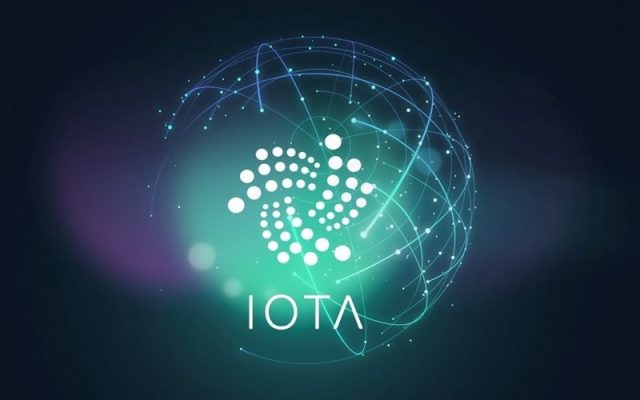
The IOTA Foundation has released plans for a biometric identity verification system called IAMPASS, powered by the IOTA Tangle. The system will enable you to use your handprint as a password. The vein pattern in your hand is unique. Once recorded with IOTA, your hand can be used to unlock physical locations, internet accounts, IoT devices and more – no smartphone or password needed.
IAMPASS already has a working proof of concept. The hardware component of the system has been demonstrated. To unlock a security door, the subject simply holds up their hand to the IOTA connected device on the side. The device scans the palm of the hand, and the door opens right up.
Applications of IOTA IAMPASS in the IoT and Smart Economy
IOTA prices could be on the rise, but IOTA is a little different from other cryptocurrencies in blockchain markets. Users can buy IOTA and trade it against other coins, even using it for payments to some vendors. And while this is nothing new, the IOTA network itself is not based on blockchain technology at all. Instead, IOTA’s data marketplace is based on cryptographic techniques (just like blockchain) to create a non-linear public ledger system called The Tangle.
The IOTA Tangle stores data in blocks just like a blockchain, but each block is connected to other by multiple vectors, not end-to-end as with conventional blockchains. The end result does not resemble a chain so much as a web or “tangle”. In theory, the more blocks are added to such a Tangle, the greater its interconnectedness, and therefore too its speed and efficiency.
Speed and efficiency are necessary if IOTA smart contracts are to become the financial backbone of the Internet of Things. The IoT (the acronym for Internet of Things, from which IOTA gets its name) will include all kinds of devices: electric vehicle charging stations, mobiles, toll stations, microwaves, digital assistants, grocery stores, on demand cars, etc.
All of these technologies will have to be able to communicate with one another. They’ll also need the means to transact, because data communication, transfer, and storage aren’t free. IOTA is a currency that will serve the transactional purpose that will fund the network, but it’s also the storage technology through which the software component of these interconnected systems will function.
The Internet of Things is, at its core, the next stage in technology automation. You don’t need a smart parking meter to automate your payment – you could just walk up with your credit card and do it yourself – but automating the process would reduce friction. “Friction” is the inconvenience caused when consumers have to perform several steps just to make a simple action with a piece of technology. IOTA wants to eliminate friction.
Friction happens when you have to remember 12 different passwords for all of your financial web accounts. Friction occurs when your new healthcare provider can’t reach your old doctor for your health records. Toll stations? Friction. Running out of beer when the store is closed? Friction.
The Internet of Things will automate many processes, inside the home and out. A smart refrigerator connected to the IoT by IOTA may be able to order your staple groceries when you begin to run low. An IoT connected subway will be able to take your payment without first stopping you at a ticket gate.
IOTA and Security
Of course, all of this automation and interconnectedness means that there will be more opportunities for security failures. That’s why IOTA’s IAMPASS is so significant. Personal identity on the blockchain-powered internet will indeed be robust, but it must interface seamlessly with the real world.
Using your own body as an identifier (just like you do in real life) is the natural progression of cryptographic technology systems and the internet itself. Your life online – within the ubiquitous internet of things – will be no less real than it is in the offline world.
IOTA’s IAMPASS, NEO’s Smart Economy applications – these are early examples of how the inevitable Internet of Things will function. Investing in these blockchain platforms is an opportunity to invest in the infrastructure that drives IoT systems, just like the servers of Google and Facebook drive much of the internet we use today.
It’s only a matter of time before your handprint, your retina, your voice becomes your key to the world – digital and physical. IOTA is on the bleeding edge of this evolution of the internet, and their hyperconnected future could be right around the corner.
The post IOTA to Power Handprint Identity Authentication System appeared first on The Independent Republic.

Theindependentrepublic.com is author of this content, TheBitcoinNews.com is is not responsible for the content of external sites.
Our Social Networks: Facebook Instagram Pinterest Reddit Telegram Twitter Youtube










